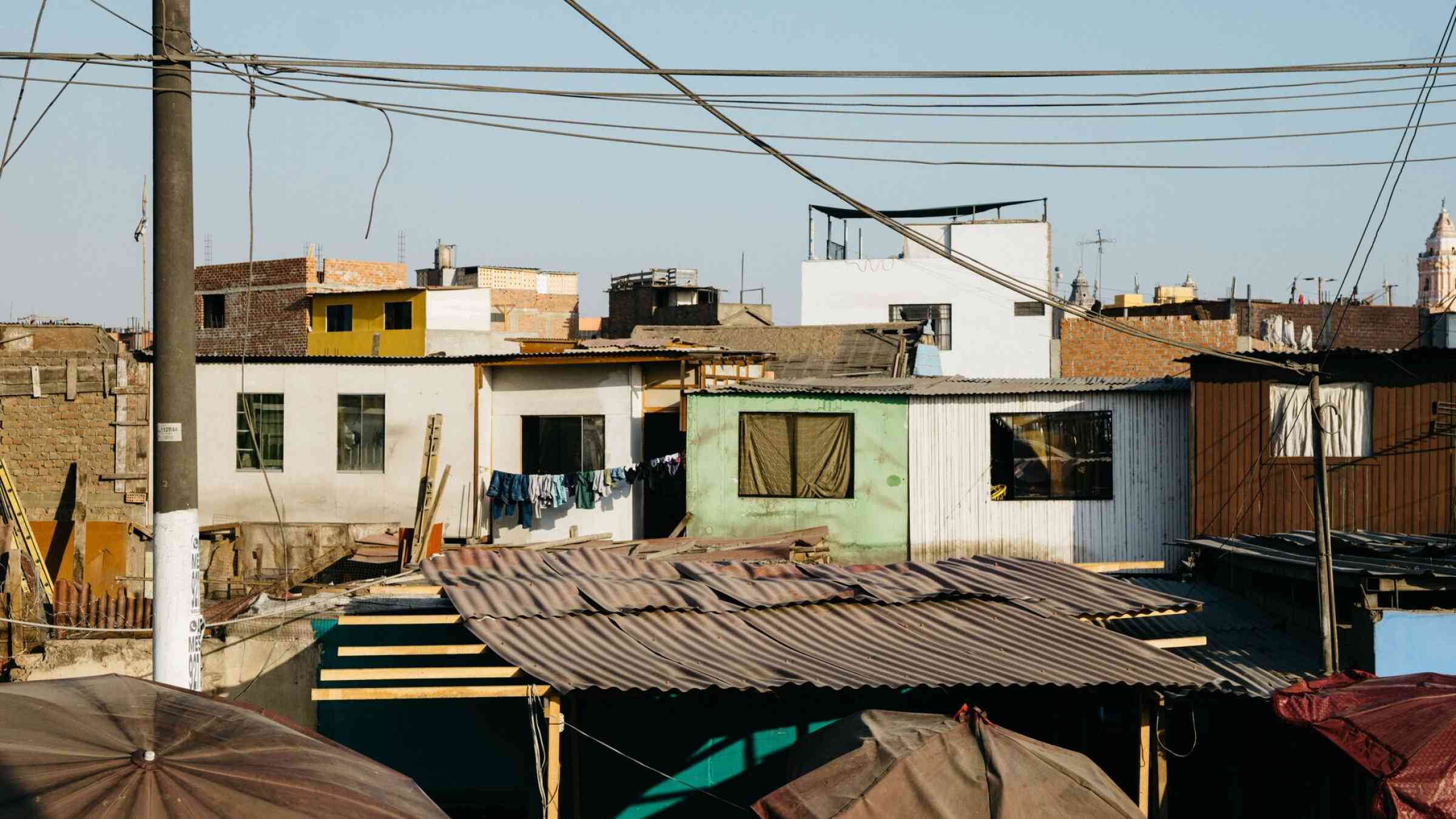ENGLISH Artículo RAR INTRODUCCIÓN

Navigation >> Back to main page

Poverty, inequality, and exclusion:
the drivers of risk in Latin America
This first edition of the United Nations Regional Assessment Report on Disaster Risk in Latin America and the Caribbean (RAR) is an initial effort to share the findings on disaster risk management in the region by analyzing the evidence on factors that contribute to risk construction, thereby providing a significant Latin American contribution to the accumulated knowledge on this subject matter. This document is the product of the joint work of the UNDRR Regional Office for Latin America and the Caribbean, the parties responsible for national and regional policies, and the Latin American community that was developed with the aim of building more sustainable development policies and dynamics.
“The RAR is an instrument needed for recognizing, synthesizing, and combining all contributions made by institutions, academia, and civil society from the perspective of their own characteristics, to realize the wealth of capacities available in the region. It also recognizes the efforts made by countries and the innovations incorporated into proposals and legal frameworks that have been implemented.” Raquel Lejteger, architect specializing in disaster risk management, consultant to the United Nations, co-author of the RAR.
The RAR highlights how 30 years of international and regional efforts led to the establishment of disaster risk management as a priority means for reaching sustainable development. Disaster risk analysis done through the Global Assessment Reports (GAR) showed how disaster risk is disproportionally concentrated in low-income countries and, within these, among the poorest populations. This close causality between poverty and risk paved the way for understanding the complex nature of risk and the role of human activity, both in the construction of risks and on the level of impact and the territorial distribution of disasters.
The RAR underlines that great strides have been made in leaving behind the concept of “natural disaster” and paving the way for the idea that disaster risk is the result of unsustainable development processes. Such an idea not only questions the development processes undertaken by countries over the past few years, but also opens up the possibility of carrying out positive transformations to reduce and control risks. Risk management is essentially the management of sustainable development and livelihood security.
The RAR indicates the contributions made by Latin America and the Caribbean to the international agenda through the incorporation of the notion of socio-natural threats and the role that human intervention plays in degrading the environment as a creator of disaster risk. In 1994, the region also developed the DesInventar information management system for recording and analyzing losses and damages associated with disaster events to emphasize the significance of collecting reliable data with which to approach the subject, which was later adopted by the United Nations.
“Over the past few decades, many technical staff, studies, individuals, events, and institutions in the region have made fundamental contributions to the development of concepts that are now incorporated to disaster risk management at the global level, such as the concept of “the social construction of risk”. Raquel Lejteger, architect specializing in disaster risk management, consultant to the United Nations, co-author of the RAR.
The concept of disaster risk was nurtured by the notions of risk drivers or underlying factors that generate risk. The RAR makes it clear that the means for stopping the increasing loss of human life and economic resources is to face the underlying causes that create risks (the so-called prospective risk management), instead of acting on the risk once it emerges following the disaster. The Sendai Framework for Disaster Risk Reduction, established in 2015 and running through 2030, compiles the lessons learned and incorporates new concerns to its goals and priorities, including systemic risk, the need for databases and data analysis, and the addition of new threats such as those of biological origin. The report highlights that the main achievement of the Sendai Framework is to ascertain that sustainable development cannot be achieved independently of disaster risk reduction.
In this first edition of the report, it is evident that one of the main problems facing the region in the coming decades is disaster risk in urban centers. Over the past few years, Latin American and Caribbean countries have seen an increase in poverty, inequality, and exclusion; governance issues; disorderly planning of land use; informal city growth processes; and a lack of resources that have been exacerbated by climate change. All of them drivers of risk that make cities highly vulnerable to disasters.
Against this backdrop, the region incorporates specific drivers such as urbanization or climate change to other even greater risk drivers, such as forced internal and inter-country migration, industrialized agriculture, expansion of the mining industry, mega energy infrastructure works, and gender, ethnic, and diversity gaps. All of these drivers are cornerstones of risk creation that were particularly exacerbated by the COVID-19 pandemic.
The RAR encourages countries to collectively face such challenges in the regional context, countering the development models that have been breeding the risks that afflict our times.